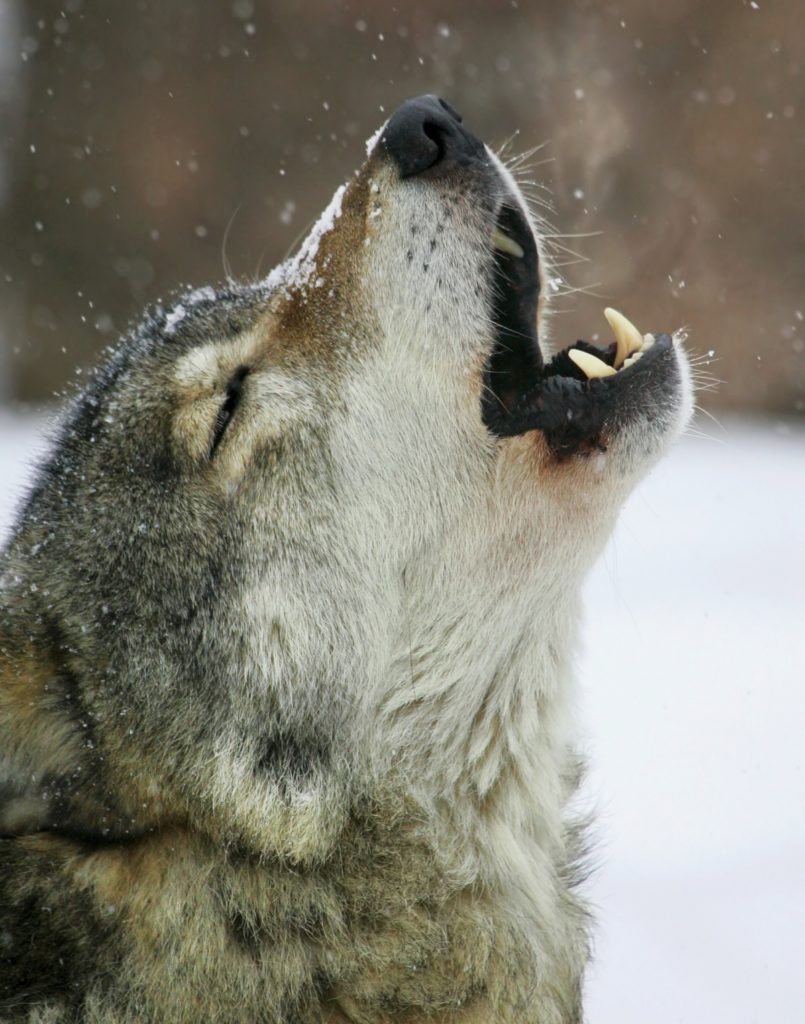Since 1582, the Gregorian calendar has chronicled the global standard for marking time. It’s a mathematical modification of the Julian calendar’s solar dating system.
However, long before either calendar was adopted, Native American Peoples relied on their powers of observation to timestamp seasonality. AlthoughTribal Nations developed regionally nuanced variations for naming each lunar cycle, the logic of pairing nature with each full-moon was culturally consistent.

Members of the Massachusetts Wompanoag Tribe at the John F. Kennedy Library and Museum Boston
As Europeans colonized the ‘New World’ Native Americans taught Settlers the lessons of celestial synchronicity. Tying the stars to the earth and sea helped anticipate and coordinate seasons for hunting, planting, harvesting and fishing. The calendar of moon-gazing colloquialisms is more than a charming reminder of our shared history with Native American Peoples, it also acknowledges the predictable cycles of Mother Nature.
The Old Farmer’s Almanac offers rough translations of each month’s “full-moon” name from Tribal Language into anglicized versions of Colonial speech,
January 28th: Wolf Moon, a common time to hear wolves calling to mark their territory, locate pack members and coordinate hunting
February 27th: Snow Moon, the month when combined snows of December, January and February reach the greatest ground cover accumulation

February’s Full SNOW Moon
March 28th: Worm Moon, this moon signifies the start of spring when earth worms and grubs end their cycle of dormancy
April 26th: (SUPER) Pink Moon, Super Moons are when the orbit of the moon is closest to the earth. April’s Pink moon links the month to the early appearance of Spring’s pink phlox blossoms

May 26th: Flower Moon, (and a lunar eclipse), Native Americans celebrated this moon for it’s abundance of flowers
June 24th: Strawberry Moon, a time when tribes commonly harvested ripening strawberries.
July 23rd: Buck Moon, the season when new antlers emerge from the heads of bucks
August 22nd: Sturgeon Moon, honors the bounty of this meaty fish and it’s caviar eggs as a staple of tribal survival

Singing Beach and Eagle’s Head Manchester, Ma
September 20th: Corn Moon, this lunar cycle marks a time of harvest
October 20th: Hunter’s Moon, a time when tribes stock pile meat for the long winter ahead
November 19th: Beaver Moon, a trading season for warm beaver pelts
December: Cold Moon this full moon acknowledges the season of bitter cold temperatures

December’s Full Cold Moon
Even non-agrarian cultures believe the full moon holds magical powers. Some say people are more spiritually connected. Some believe more babies are conceived by moonlight and delivered under the same glowing power. Others say our friends and neighbors seem especially crazy by the light of the silvery moon. Irrespective of folklore, if you’re not feeling like yourself, go a head and howl at Thursday’s Full-Wolf-Moon. You won’t be the first of Mother’s Nature’s children to fall to the call of moon beams!

Discover more from She The People News explores the world of business, culture and politics from a woman’s point of view.
Subscribe to get the latest posts sent to your email.

